A Guide to Bus Travel in Colombia
In this blog post you can find everything you’ll need to know about bus travel in Colombia. This post is aimed at backpackers staying in the country for longer periods of time, for those who don’t want to rent a car and for those looking for affordable and more sustainable travel alternatives to flying. We’ll mainly focus on long-haul buses, but will also detail some of the shorter bus rides we took throughout this post.
For reference, we spent six weeks in Colombia and primarily used buses to travel between places. We only flew once during our stay, from Bogota to Santa Marta. We travelled on daytime and overnight buses, and waited at many different bus stations. Whilst this doesn’t make us experts, our experience allows us to provide you with some insider advice and tips.
Before Colombia, we travelled through Peru by bus in South America. We also used buses in Mexico as our main mode of transport. Over the years we’ve also travelled across the USA and backpacked around Europe, using plenty of buses as our main method of transport. Therefore, we have lots of experience when it comes to taking long-distance bus rides. So, hopefully, we’ll be able to provide you with some good comparisons to other countries as well.
Disclosure: This post may contain affiliate links, which means we may receive a small commission if you click a link and purchase something. Clicking these links won’t cost you anything, but it will help us to keep this site up and running! Learn more about our affiliate policy.
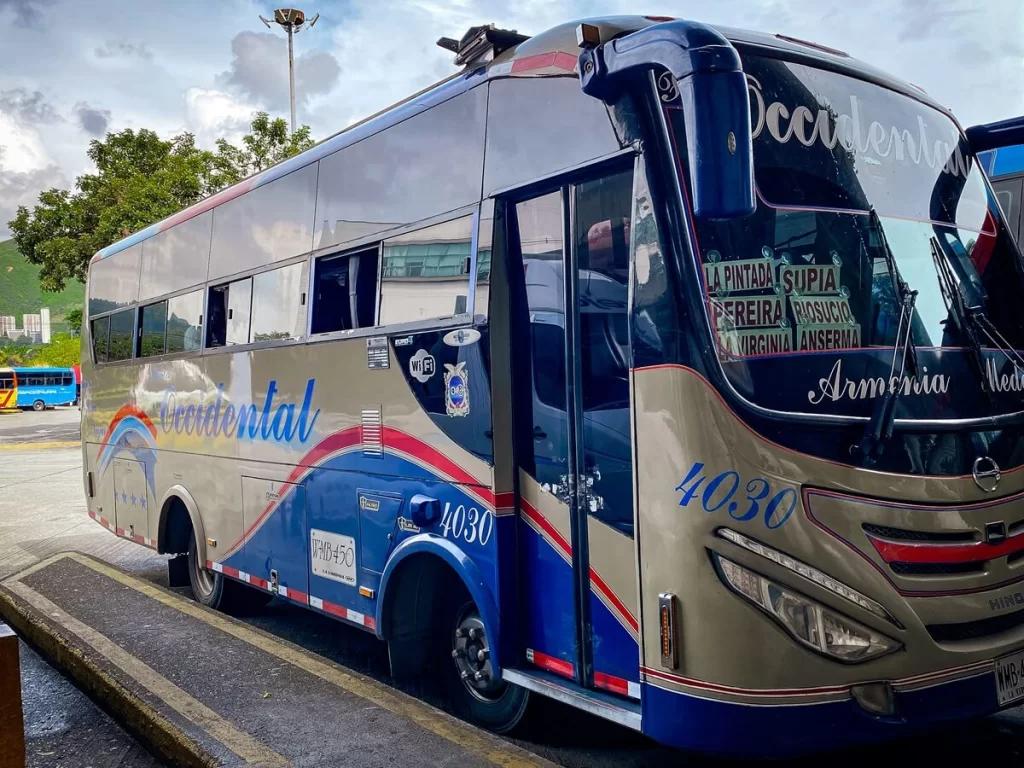
Why Travel by Bus in Colombia
The two main ways tourists travel around Colombia are either to fly or take a bus. Some visitors might also decide to rent a car, which could be a great option for shorter trips, but we personally wouldn’t choose to travel across the country in a hire car.
We’re not here to deny that flying to certain destinations in Colombia is definitely much faster than taking the bus. So you may ask, why would you take a bus? Well, unless you only have a very short amount of time in the country, flying will be much more expensive overall. Plus, flying is also less environmentally friendly.
Buses are definitely the most common method of transport in Colombia. You can get to pretty much anywhere in the country with either a luxurious, long-haul bus or smaller, colectivo-style buses. (Colectivos are shared vans or small buses.) For this reason, buses are also the most affordable way to travel. (Yes, even when booking the most luxurious buses!)
In addition, there are many popular places, such as Salento or the Tatacoa Desert, where you would need to fly to the closest city first and then get onto a local bus to get there anyway.
Our Top Resources for Travelling Around Colombia
- 🚌 Find bus routes and companies using Busbud
- 📱Get an eSIM with Airalo to be able to use data
- 🛡️Don’t forget to buy travel insurance via SafetyWing
Things to Consider Before You Travel by Bus in Colombia
Before you start planning your journey across Colombia by bus, ask yourself the following questions to make sure that bus travel is the best mode of transportation for YOU:
Do I get motion sick easily? – We wouldn’t recommend taking long-haul buses across the country if you suffer from serious motion sickness. Some journeys are quite long (especially factoring in the fairly common delays), and the roads can be pretty bumpy and windy in certain areas. If this is the case, flying is probably a better option for you.
How much time do I have? – If you need to be somewhere on a certain day or time, then make sure to take an earlier bus, travel the day before or pick another mode of transport altogether. You never really know what’s going to happen on the roads and delays aren’t uncommon. Not to mention that Colombia seems to run on its own timescale; what is sometimes referred to as ‘Colombian time’. This means that if a bus timetable says it will take 7 hours, we would probably add another one or two on for good measure. You don’t want to risk missing an important flight for example.
Do I know some Spanish? – Whilst you’ll be able to communicate in English at airports, this isn’t always the case at bus stations. We found English-speaking staff limited, even at massive stations like Bogota. Therefore, we recommend learning the basics prior to your trip such as how to ask for bus tickets, dates, times and numbers. There is also the life-saving Google Translate App, which will be your best friend when traveling.
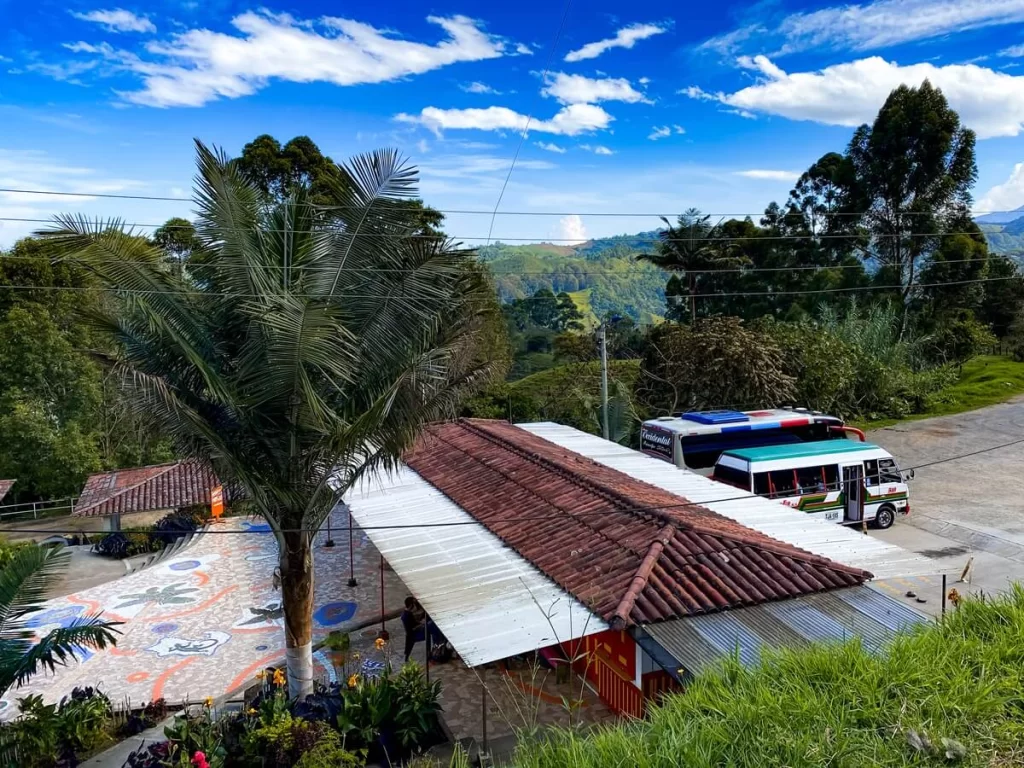
Is Bus Travel in Colombia Safe?
There’s another important factor you’ll want to consider before committing to a long-distance bus ride: is it safe? Ideally, you’d want a straight yes or no answer to this question. In reality, we can only tell you what we read online and how we actually felt travelling by bus.
We personally felt safe on every long-haul bus we took, both during the day and at night. There are normally two conductors on each bus, and they take turns driving which gave us peace of mind. Just note that the driving style may be a bit more aggressive in Colombia than what you’re used to in your home country. We also didn’t have any issues taking colectivo buses that mainly operate between smaller towns or cities. Our research on the internet also suggested that bus travel in Colombia is considered pretty safe.
However, petty crime can happen anywhere in the world, and Colombia is no exception. During your search, you will come across stories about robberies at bus stations or even during the journey, when bags are taken out the hold during stops. Whilst there are certain events you can’t avoid, we’ll list a few safety tips below to reduce your chances of losing your valuables.
Safety Tips for Long-Haul Bus Travel in Colombia
Whilst you’re much more likely to have an uneventful journey, below are a few of our general tips for extra security:
- Do your research and pick the most reputable bus company to travel with, even if it means paying extra for your ticket.
- If you’re travelling solo, or have to travel to the bus station for an overnight bus, we suggest calling an Uber, Cabify or official taxi.
- Once at the station, make sure to have all your belongings with you at all times. It’s obviously easier to grab food or go to the toilet if you’re travelling in pairs or small groups.
- For extra security, consider putting a lock onto both your big bag and smaller backpacks.
- Follow the ‘no dar papaya’ rule, which means to not make yourself a target for crime by showing off your valuables.
- We know it’s obvious, but don’t put anything important into the bag that’s going under the bus. They can get thrown about and have a greater chance of being stolen. You can consider putting an AirTag in that bag to make sure it’s still on the bus with you.
- Again, pretty obvious, but don’t put your valuables in the compartment above your head either. Keep them close.
- Lastly, having good travel insurance is key in case your bags get lost or stolen.

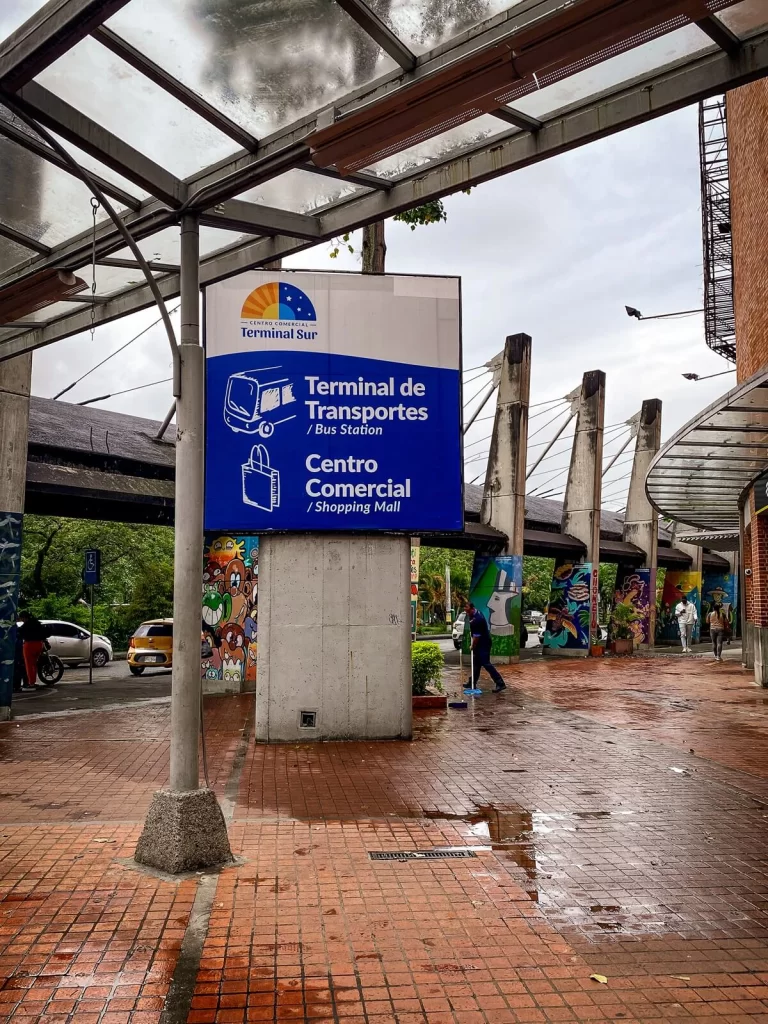
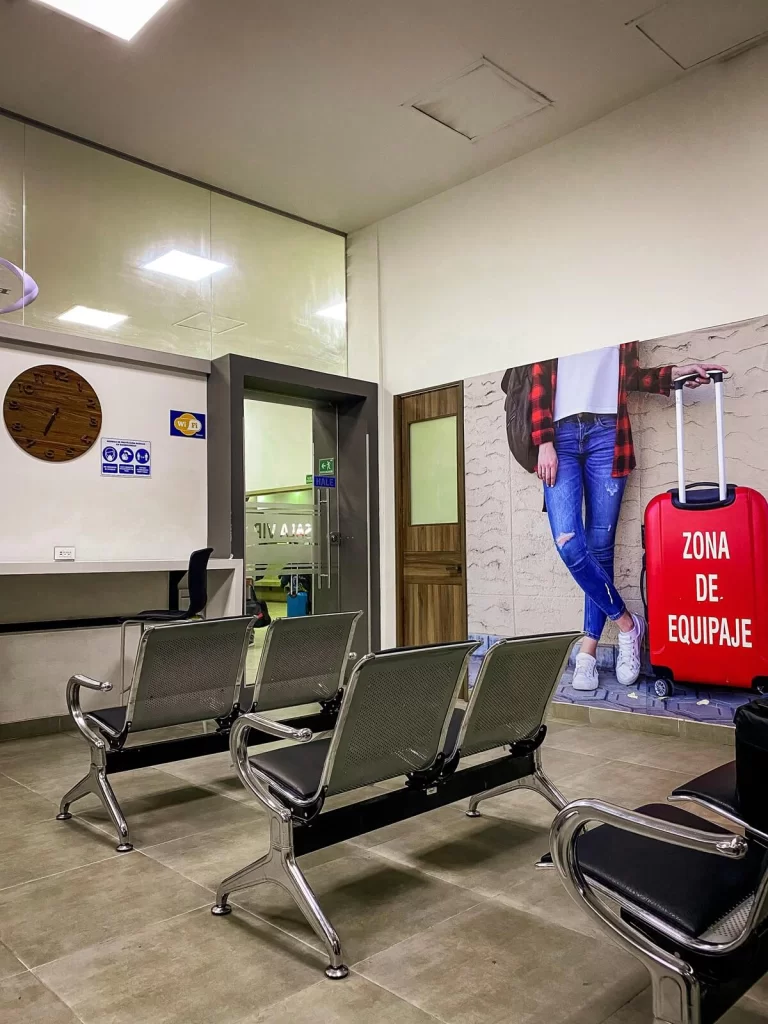
Bus Stations in Colombia
Most of the cities and towns you’ll be travelling to will have a main bus station, normally called Terminal. There are two main things worth noting about them. One is that bus terminals are usually located outside of the city centre. Two is that, in big cities like Bogota and Medellin, there are more than one bus terminal. Therefore, always double check the location where your bus departs from prior to your journey.
You can normally reach these terminals with public transport, taxis or Uber. If you have a lot of luggage, or are travelling either during rush-hour or at unfriendly hours, then we recommend getting an official taxi or Uber. Note that Uber is actually not legal in Colombia, but is still well-used in big cities.
Depending on the size of the station, there will usually be a dedicated ticket booth area where all the different bus companies sell their tickets. There are usually places where you can buy food, snacks or drinks for your ride. However, we always recommend arriving prepared with enough food and snacks for your journey. Especially if you’re in a smaller town. There are also toilet facilities at the large stations. You’ll probably want to have some small change on you for using them, and have some tissue paper on hand just in case.
Some bus companies may have dedicated seating areas, so it’s worth checking that out. Your ticket should state the gate the bus will leave from, or at least have a bus number on it that you can match up. Delays are pretty normal, but we suggest arriving at the station with time to spare.
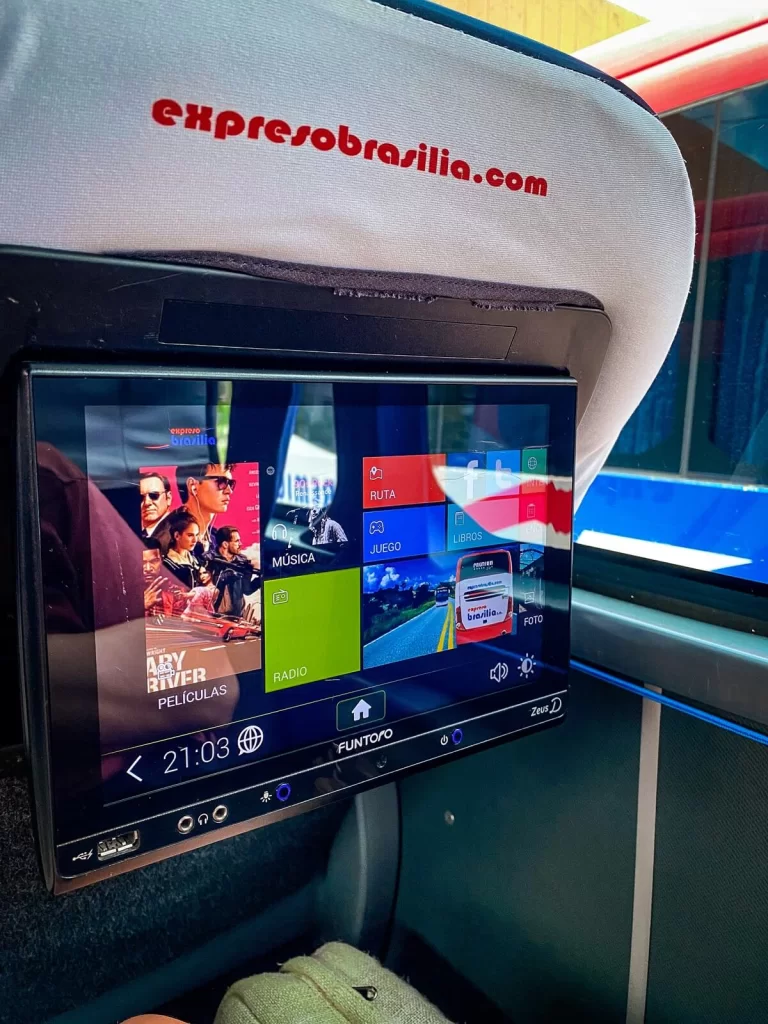

Are Buses Comfortable in Colombia?
Long-haul Buses. After using many well-known bus companies across the USA and Europe such as Greyhound, Flixbus and National Express, we can safely say that Colombia’s long-haul buses were far more comfortable. They felt more like the buses we used in Mexico and Peru. We had big, reclining seats that you could lay back in without disturbing anyone thanks to the generous leg room. Almost all services had a toilet and A/C. Just make sure to wear something warm on the ride because it gets cold on the bus. In addition, some services provided on board entertainment that helped to kill the time.
However, short-distance buses are more like the average buses you might be used to travelling on in Europe. They won’t be as comfortable or have toilets on board either. There are also colectivo minivans that you might have to use to travel to small towns such as Villavieja, to visit the Tatacoa Desert. These are normally pretty busy and your luggage will most likely be stored on top of the vehicle (if you’re lucky), or on your lap (not as fun!). It’s also worth noting that food vendors usually hop on and off the buses to sell fruit, snacks or drinks. We would bring enough food for the journey, but have enough small change on you in case you want to purchase something from them.
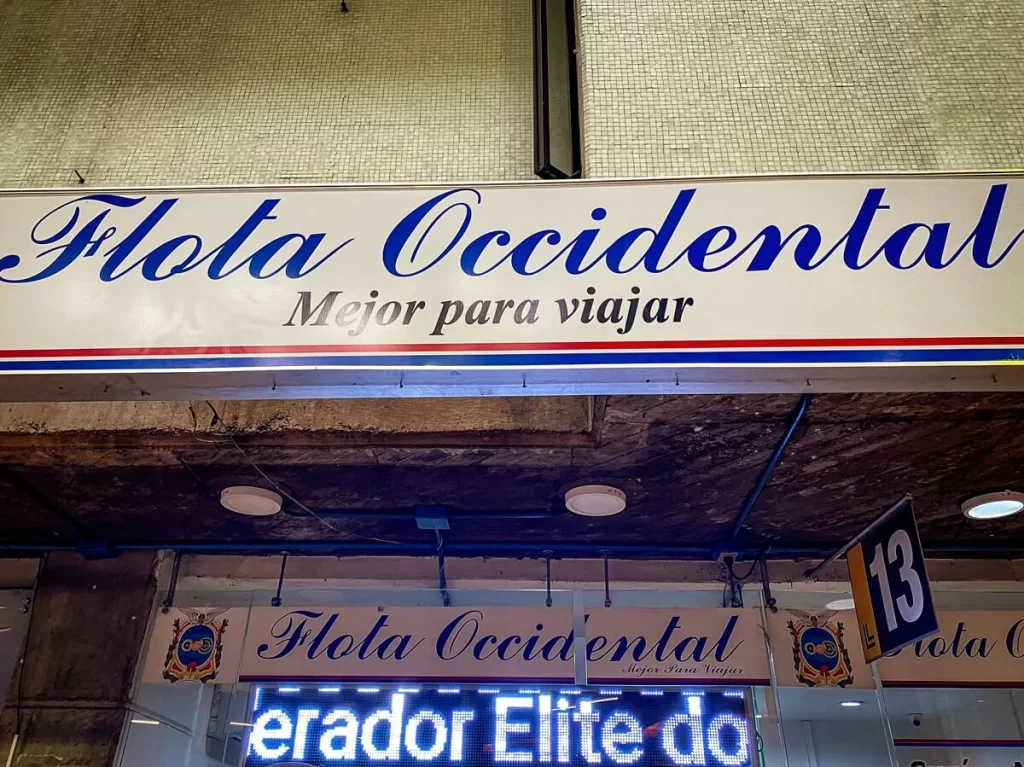
Where to Find Information About Bus Routes and Companies
The main online sources that helped us to find bus routes and companies operating to and from our next destinations were Busbud, RedBus, and Pinbus. Once you see which bus companies are operating to your next destination, don’t forget to crosscheck the information with that company’s website.
Top Tip. We noticed that when you translate the website into English, the destinations from the drop-down selection menu also get translated. It’s sometimes better to have the page on Spanish when selecting your route, so as to avoid confusion.
Don’t forget that you can also get up to date information at bus terminals. You’ll probably want to know a few Spanish words or have Google Translate on your phone if you’re gathering information this way. It’s also worth noting that some bigger cities, such as Bogota, have multiple bus terminals, so make sure to travel to the right one.
You can always buy your ticket online or buy it at the ticket office at the bus station. Make sure to always keep hold of your ticket and the luggage tag the bus driver normally gives you when you store your bags.
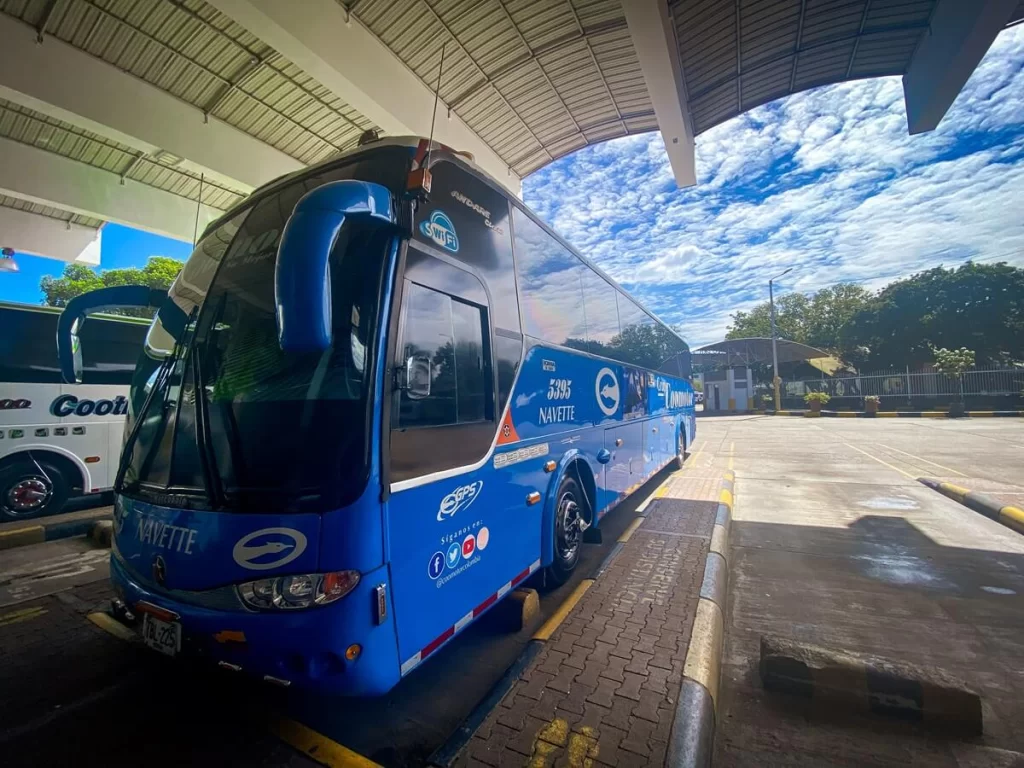
Popular Bus Companies to Use in Colombia
Colombia doesn’t have a national bus company. Instead, the country has many private companies which cover most of the regions you’re likely to travel to during your stay.
Below is a list of bus companies that we personally used, or believe are companies you can rely on. These bus companies will most likely get you to your destination safely and comfortably. However, please bear in mind that unfortunate events can happen anywhere in the world. So, make sure to stay vigilant, especially at bus stations.
Expreso Brasilia
Founded in 1961, Expreso Brasilia is one of the largest and most well-known bus companies in Colombia. Their routes cover pretty much the whole country. They also provide a few international routes to places like Lima in Peru. The company uses a modern fleet and has pretty high standards.
We used Expresso Brasilia to travel between Santa Marta and Cartagena on a day bus and from there to Medellin on an overnight bus. The bus was comfortable, with reclining seats, A/C, toilets, and USB chargers. In addition, we also had individual TV-screens with a good selection of on-board entertainment. We highly recommend considering them when booking long-distance bus rides between major cities in Colombia.
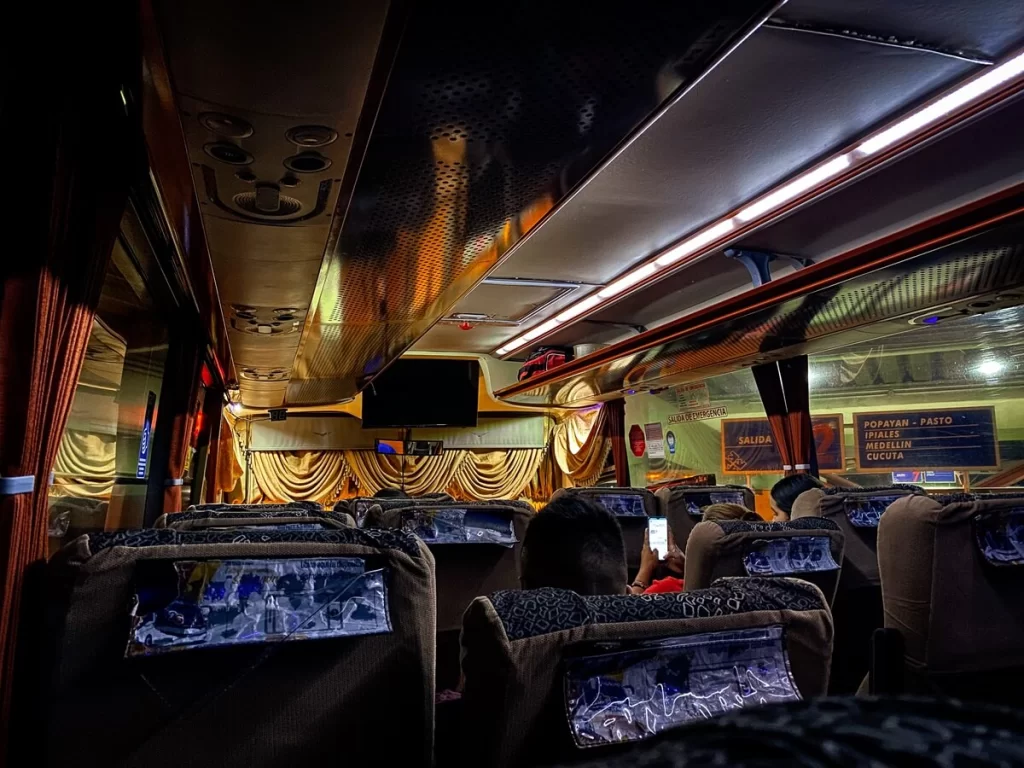
Expreso Bolivariano
Another bus company to consider is Expreso Bolivariano. Founded in 1956, they are slightly older than Expreso Brasilia, and also cover the majority of the country. Similarly, they have modern buses and high standards.
They definitely felt like a more luxurious company. We were allowed to use their own dedicated waiting room at the bus stations. Their buses were comfortable with reclining seats, A/C, toilets, and USB chargers. We used them to travel between Cali and Neiva on an overnight bus.
Flota Occidental
This bus company was established in 1954 and is based in Pereira. Flota Occidental offer bus services from Pereira and Medellin to towns located along the west coast. Their buses normally have reclining seats, A/C, and charging points.
We used Flota Occidental to travel directly from Medellin to Salento and they seemed to be the only company offering this route.

Coomotor
Coomotor was founded in 1960 and operates mainly in the Hulia region of Colombia, as well as a few others. Their bus fleet is varied, with bigger buses on the longer routes and smaller minivans when traveling shorter distances. The bigger buses are generally comfortable, with reclining seats and air-conditioning.
You can use them from either Bogota or Medellin to reach places such as Neiva, the closest big city to the Tatacoa Desert. We travelled with them on our way back from Neiva to Bogota. From Neiva, you’ll most likely travel on one of their minivans to Villavieja.

Expreso Palmira
Expreso Palmira was founded in 1956 and operates within the southwest and central areas of Colombia. You can travel with them between places like Cali, Bogota, Armenia and Pereira. They have bigger and smaller sized buses, with varying levels of comfort. We took one of their smaller buses from Salento to Armenia. It was fine for a short distance, but you may have to hold most of your belongings on your lap if it’s busy.
Rapido Ochoa
Founded in Medellin, Rapido Ochoa provides services between the main cities of Colombia such as Bogota, Medellin, Cartagena and Santa Marta. Their buses will normally have reclining seats, A/C, charging points and toilets.
Final Thoughts on Bus Travel in Colombia
We had a great time travelling by bus across Colombia. Luckily, other than a few delays, nothing else happened to us, which of course made our overall experience better.
Although some of the journeys were long, we felt like time passed very quickly and we even managed to have a decent night’s sleep on the overnight buses. Travelling by bus didn’t just reduce our carbon footprint but also saved us a lot of money on air fares. Day time bus travel also allowed us to experience the beautiful scenery in Colombia and made us feel like we saw a lot more of the country.
Have you ever travelled around Colombia by bus before? If so, let us know about your experience in the comments section below. If not, would you want to try out any of the bus companies we’ve mentioned?
Now, let your adventure begin,

Our Top Travel Resources
Accommodation: For hotels we always use Booking.com and Hostelworld for hostels. We also book longer stays on Airbnb or Vrbo.
Flights: To find the best flight prices we always check Skyscanner, Google Flights or WayAway. Then we also check the airlines’ websites too for comparison.
Car Rentals: We use Discover Cars when we want to rent a car as it compares local, national and international companies.
Activities: If we book organised tours we always check either GetYourGuide or Viator.
Foreign Currency: Whenever we can we prefer to pay in local currency and for that we always use our Wise card. We can easily withdraw money from the ATM or pay by card at most shops and restaurants.
Travel Insurance: We never go anywhere without travel insurance. You never know what will happen on your trip, so good travel insurance like SafetyWing can protect you in case of injury, illness, theft and cancellations.
eSIM and VPN: To get data abroad we use Airalo which is an app that allows you to download a prepaid eSIM to your phone in over 190 countries. Make sure to have a VPN to avoid hackers accessing your personal data when using public WIFI. We use Surfshark which is the only VPN that offers one account on unlimited devices.

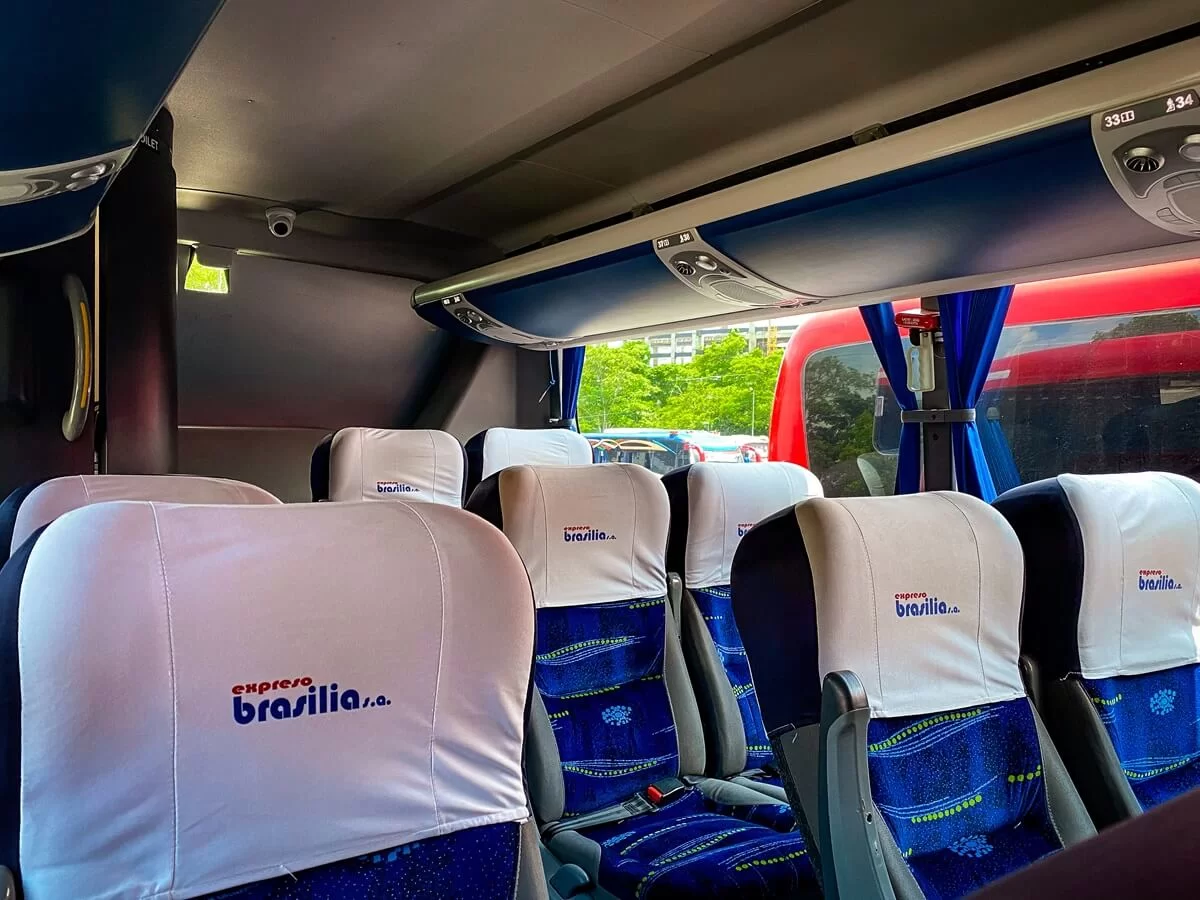
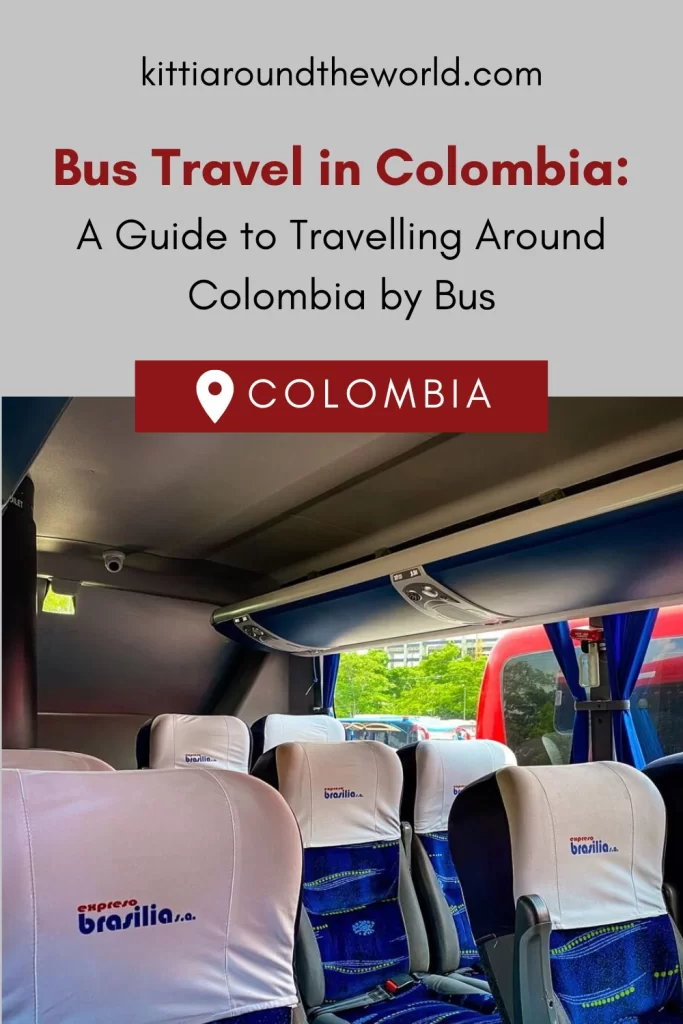
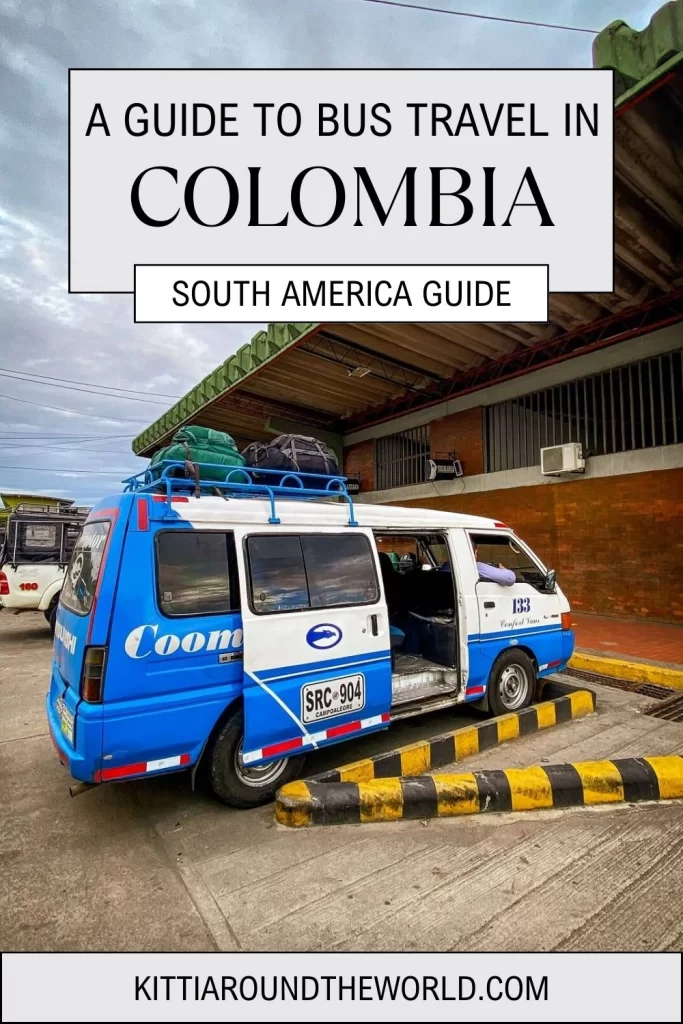
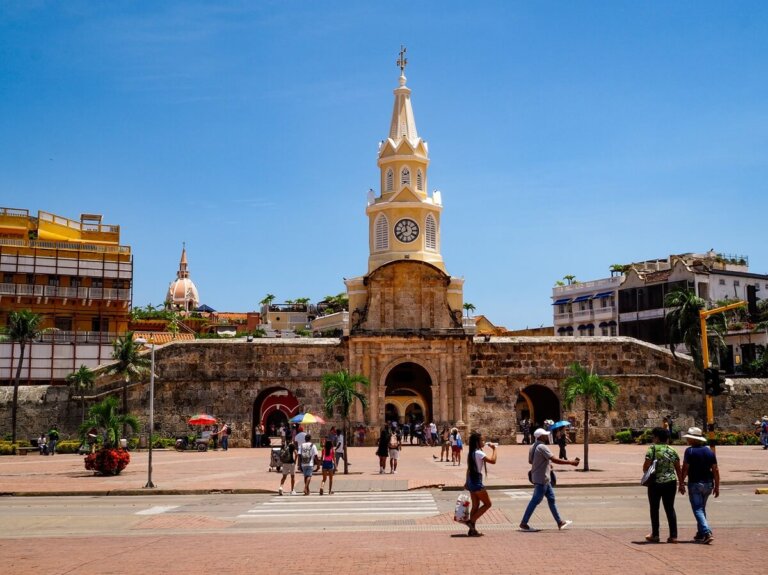
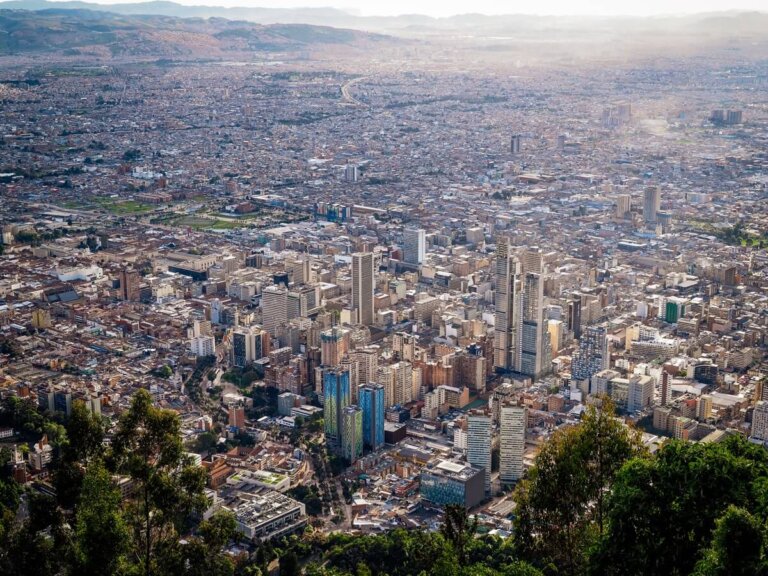




Really useful guide👍
Thank you very much!